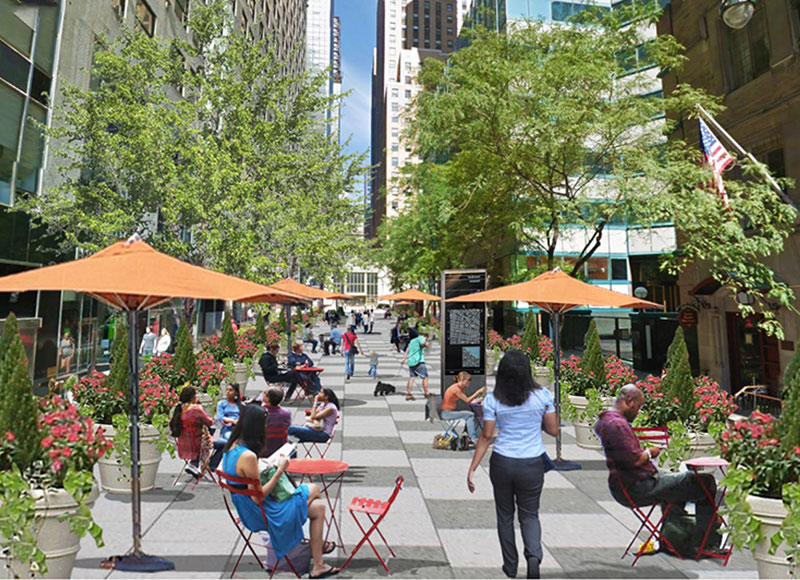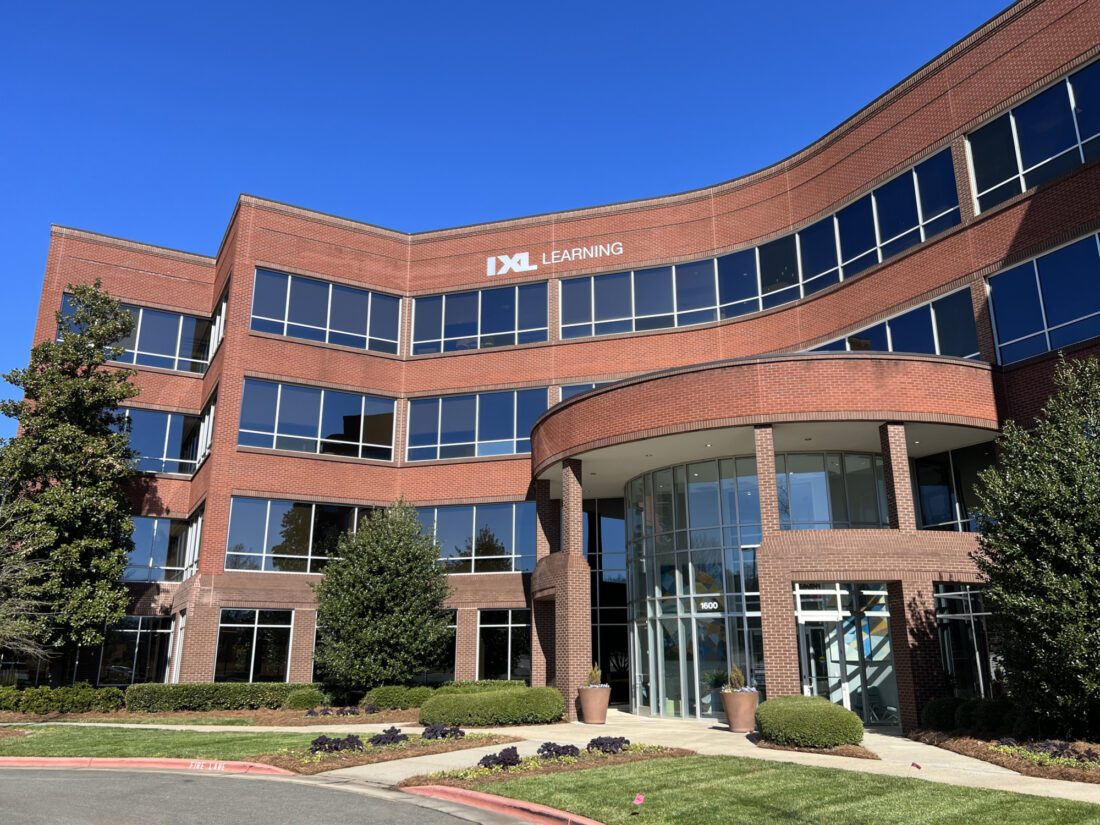Midtown East Rezoning: Not for the Faint-Hearted
The new plans approved by the New York City Council allow the construction of modern office space, reduce challenges for redevelopments and aim at upgrading the area’s transit and pedestrian infrastructure. Still, experts say only sophisticated developers will be able to take advantage of the approved regulations.
By Alexandra Pacurar
The rezoning plan for Manhattan’s Greater East Midtown district is now in effect, after New York City Council’s unanimous approval. The regulations cover 78 blocks and are primarily focused on the renewal of the area’s office building inventory. Developers are now able to buy unused development rights from landmarks and are required to contribute to the Public Realm Improvement Fund in exchange. The contribution will be a minimum of $61.5 per-square-foot or 20 percent of the air rights’ sale price. The final version of the text was years in the making, after the Department of City Planning felt that the existing office properties (most of which are around 75 years old) wouldn’t offer the desired facilities for tenants in the long run. Former member of the City Council Ken Fisher, now partner in the real estate practice at Cozen O’Connor, explained how the new zoning plan will impact development in one of New York’s most dense business districts.
CPE: What does this rezoning plan bring to the table for developers?
Ken Fisher: The East Midtown zoning plan is trying to meet three needs: to induce the development of more modern buildings in the Grand Central district to keep it globally competitive, to generate money to fund transit and other streetscape improvements in this heavily used area, and to allow landmarks such as St. Patrick’s to monetize their unused development rights by giving more flexibility in transferring them beyond their next-door neighbors. Where it all comes together is that the plan calls for developers to pay for the public improvements to access the higher density and for the City to directly receive a portion out of the development rights sales.
CPE: What should be considered when deciding to purchase the newly-opened air rights?
Fisher: The good news is that by allowing the rights to travel further and be used in larger buildings, a project can have its average land cost lowered as TDRs (Transferable Development Rights) trade at a discount to land. The bad news is that unlike private TDR transfers and typical upzoning, here part of the proceeds flow back to the public and planning will be complicated by having to work out the details with the city and transit officials.
CPE: What are the challenges for developers brought on by this rezoning plan?
Fisher: First, of course, is finding eligible development sites. The Grand Central subdistrict and Midtown East have been a hundred years in the making and are pretty built up already. Not easy to find a building that an owner is willing to demolish and rebuild, and that’s assuming their lender will let them empty it out. Then you need to navigate with the Metropolitan Transportation Authority and the various City agencies to get to an agreement on what you have to kick in by way of public improvements.
CPE: How might developers navigate the potential challenges ahead?
Fisher: This is not for the faint-hearted. Only well-capitalized, sophisticated developers with experience in dealing with the public sector will have the resources to tackle development under the new rules. But, proof-of-concept was established by SL Green which successful won the entitlements for their new One Vanderbilt skyscraper by negotiating several hundred million dollars of transit improvements to Grand Central as well as a new public plaza.
CPE: How do you see the idea of a District Improvement Fund financed by developers exceeding the approved 15 floor area ratio?
Fisher: Time will tell if the City hit the sweet spot of inducement given the complicated structure of the zoning proposal. If transactions occur, there will be money to fund improvements. If the lack of sites, red-tape or competition from other neighborhoods like Hudson Yards stymies development, the pump may be primed, but the well will remain dry.
Images courtesy of City of New York and Cozen O’Connor










You must be logged in to post a comment.